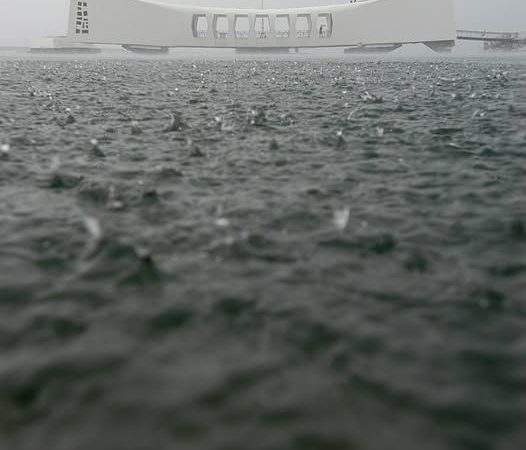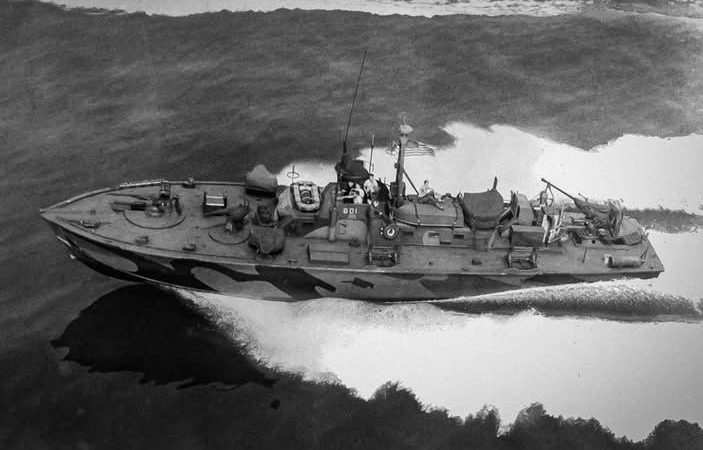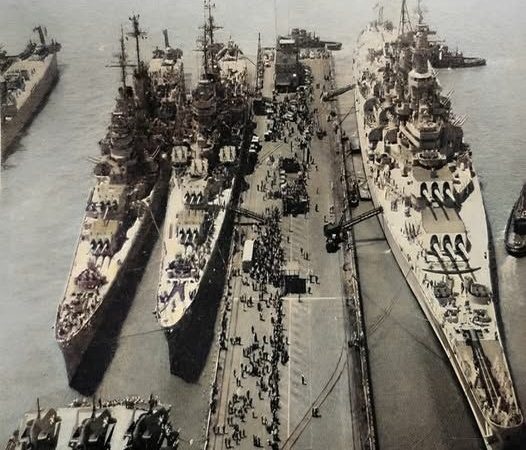History and Tragedy of HMS Royal Oak (08) : A British Naval Legacy
HMS Royal Oak, a Revenge-class battleship of the Royal Navy, is remembered as a significant symbol in British naval history. Launched in 1914 during the First World War and later tragically sunk in 1939 during the Second World War, her story is a blend of valor, technological achievement, and a reminder of the vulnerabilities even the most powerful ships face in times of conflict.

The HMS Royal Oak was constructed at Devonport Dockyard, and she entered service in 1916. As a Revenge-class battleship, she was designed to be heavily armored and heavily armed, featuring eight 15-inch guns as her primary weaponry. These guns were among the most powerful naval artillery of the time, giving the ship a formidable offensive capability.
Royal Oak’s design emphasized protection and firepower, with thick armor plating to defend against enemy shells. The ship’s speed, however, was relatively limited compared to newer battleship designs, but she was intended to dominate the seas with her sheer firepower and resilience. During World War I, HMS Royal Oak participated in the Battle of Jutland in 1916, the largest naval battle of that war, where her role helped cement her reputation as a reliable warship.
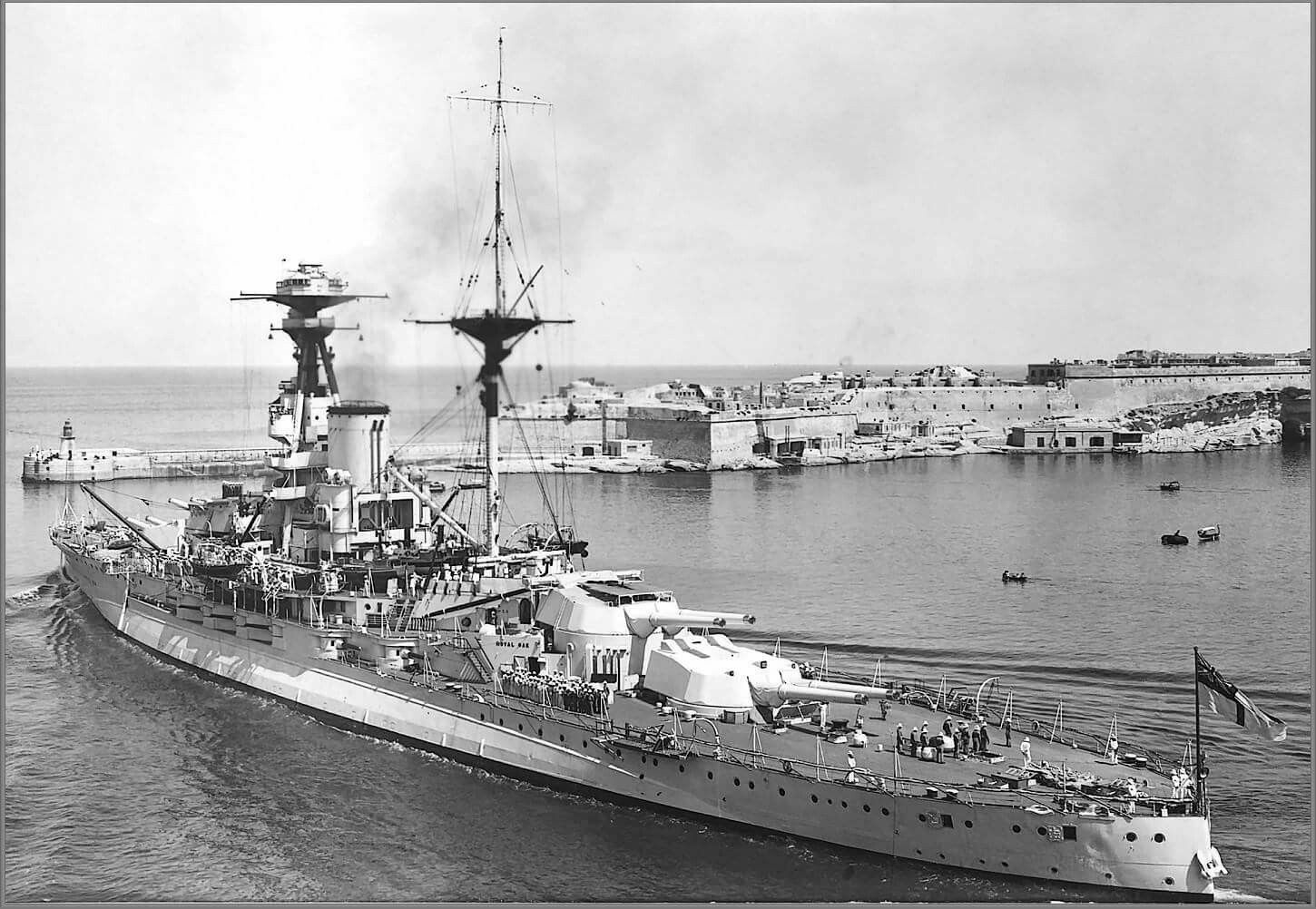
After World War I, HMS Royal Oak continued to serve the Royal Navy, undergoing several upgrades to modernize her equipment and weaponry. These modifications were essential to keep up with advancements in naval warfare. During the interwar period, she was part of numerous naval operations and exercises that reinforced her role as a deterrent to Britain’s enemies.
Despite these upgrades, by the late 1930s, Royal Oak was considered an older ship, somewhat outdated compared to newer battleships and naval vessels emerging from shipyards around the world. Nonetheless, she remained a crucial part of the Royal Navy’s home fleet, stationed at Scapa Flow in the Orkney Islands, a strategic naval base for Britain during World War II.
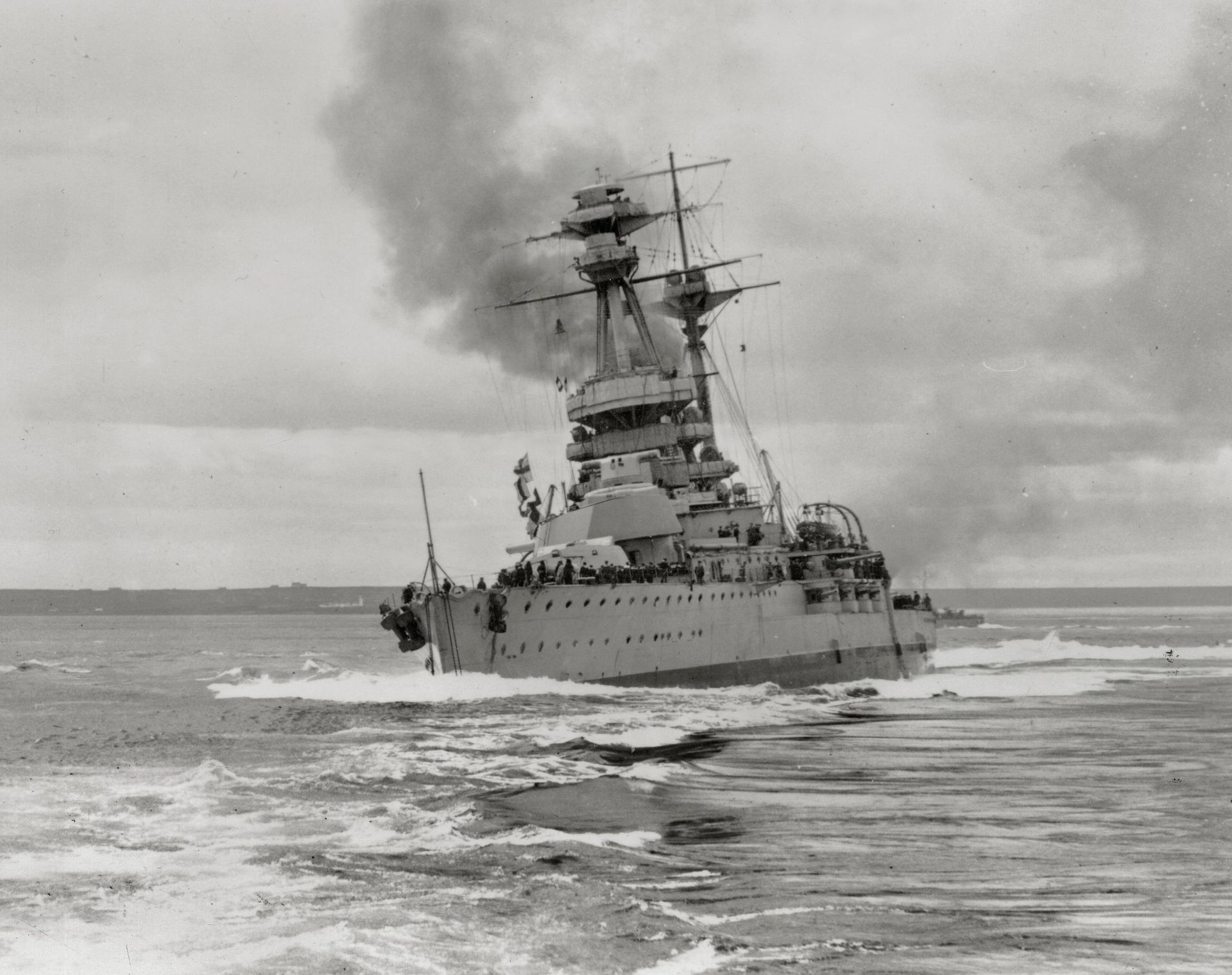
The most infamous moment in HMS Royal Oak’s history occurred on the night of October 13-14, 1939. While anchored in the supposed safety of Scapa Flow, she fell victim to a daring attack by the German U-boat U-47, commanded by Günther Prien. Prien navigated his submarine through the defenses of Scapa Flow and launched a series of torpedoes that struck Royal Oak.
The impact was devastating. Several torpedoes hit the battleship, causing severe flooding and explosions. HMS Royal Oak quickly began to list and, within minutes, capsized and sank. Tragically, over 830 of the 1,234 crew members on board lost their lives, many of them young sailors. The attack not only shocked the Royal Navy but also exposed vulnerabilities in Britain’s naval defenses, leading to significant changes in naval strategy and base security.
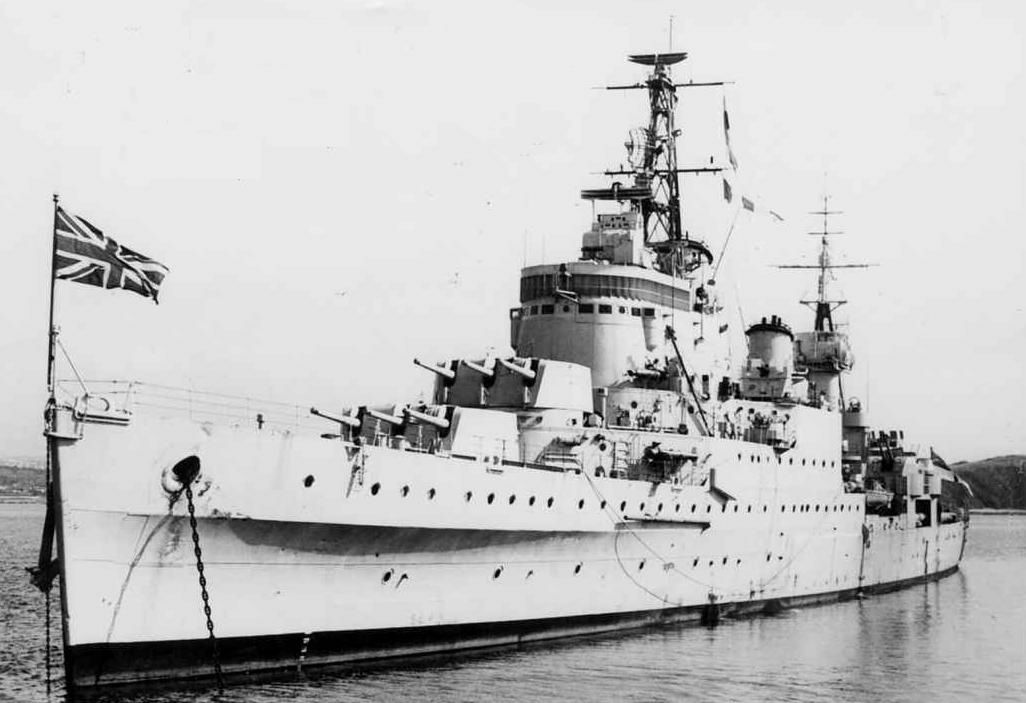
The sinking of HMS Royal Oak remains a solemn chapter in naval history. It was one of the first major naval losses of World War II for the British, highlighting the increasing threat posed by submarines in naval warfare. The tragedy also served as a stark reminder of the dangers faced by those serving at sea, even within seemingly secure waters.
Today, HMS Royal Oak is recognized as a war grave, resting at the bottom of Scapa Flow. The wreck is a protected site, symbolizing the sacrifice of those who lost their lives in service to their country. Each year, a ceremony is held to honor the memory of the crew, with divers placing a White Ensign on the ship to commemorate their bravery and dedication.
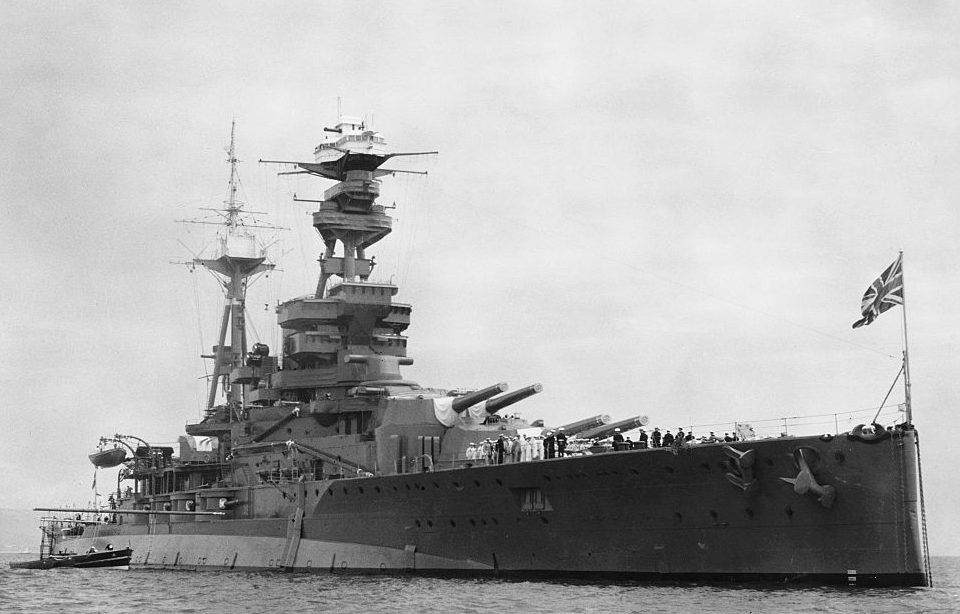
HMS Royal Oak’s story is one of heroism, technological evolution, and ultimate tragedy. From her service in World War I to her tragic sinking in World War II, she remains an enduring symbol of the Royal Navy’s resilience and the sacrifices made by its sailors. The legacy of HMS Royal Oak continues to be remembered not only as a tale of loss but also as a crucial lesson in the history of naval warfare.

